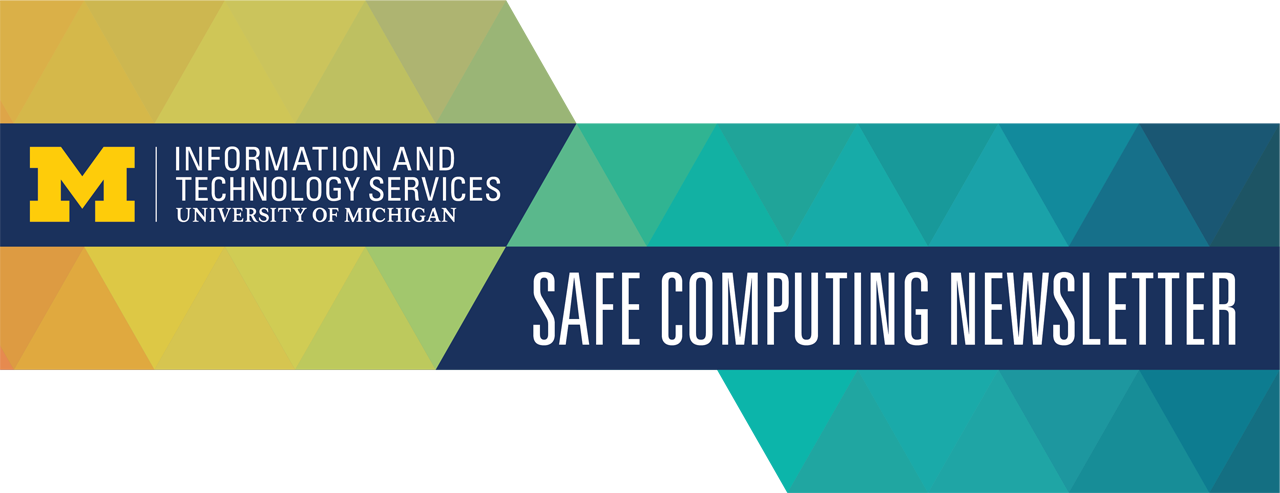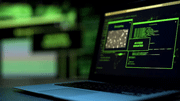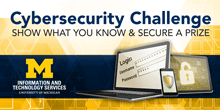Information assurance is a shared responsibility, and every member of the U-M community has a part to play in supporting IT security, privacy, identity and access management, IT policy, and compliance efforts. Part of this responsibility is for each unit, school, and college to designate a staff member as a Security Unit Liaison (SUL). ITS Information Assurance (IA) staff and SULs partner to enable unit missions while promoting security awareness, education, monitoring, and compliance. This partnership is fundamental in supporting the university’s security posture, and IA is committed to maintaining strong and productive relationships with SULs, listening to their feedback, and supporting their needs.
We asked Skylar West, Data Security Analyst on the U-M Flint campus, to answer the following questions to help us understand his experience and priorities.
1) What do you see in your units regarding measures staff take to protect themselves and their data?
Our technical staff has done well keeping our servers updated and responding to new vulnerabilities promptly. In addition, I see more technical and non-technical staff reaching out to us about security policies and general advising on workflows (big and small), which is always great to see. Tickets often come by reporting phishing and unusual emails as well.
2) What IA tools, capabilities, and resources do you leverage within your unit?
General sensitive data handling approvals, the Safe Computing resources and alerts, security policies, and information from the Security Operations Center have been very helpful. In addition, we also look to better leverage RECON and compliance-related capabilities in the near future.
3) What are some of your security concerns at Flint and other areas or U-M?
Educating users on data handling, data classification, and more recent cyber threats. (i.e., job scams, spoofed emails, trickier phishing emails, 2FA Push fatigue). The ever-present threat of zero-days and new attack vectors is always on our radar.
4) What are some things you do within your unit to spread awareness?
From a technical standpoint, I have news and advisory feeds tailored to our environment that I check daily, reaching out on security issues where applicable. Additionally, slowly leveling up my ability to search and alert on potential problems on our network has proven helpful.
From a non-technical view, I have begun work to update our security awareness training for new staff on-boarding, reaching out more regularly regarding policy enforcement to departments, and continuing to build working relationships around campus to increase our security posture.














